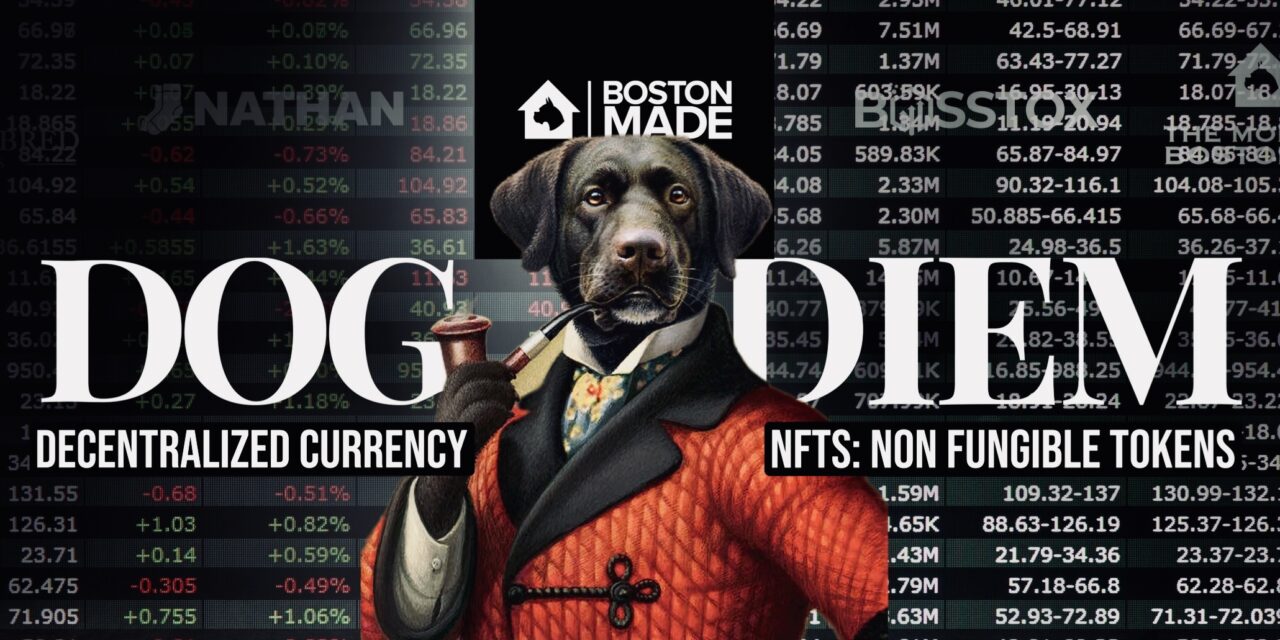In recent years, the financial world has been undergoing a significant transformation with the rise of decentralized currency and NFTs (Non Fungible Tokens). These innovative technologies are reshaping the way we think about money, ownership, and digital assets. In this blog post, we will explore the concepts of decentralized currency and NFTs, as well as their potential impact on the future of finance and beyond.
Decentralized currency, often referred to as cryptocurrency, is a form of digital currency that operates independently of a central authority, such as a government or financial institution. The most well-known example of decentralized currency is Bitcoin, which was created in 2009 by an unknown person or group of people using the pseudonym Satoshi Nakamoto. Since then, thousands of other cryptocurrencies have been developed, each with its unique features and use cases.
One of the key advantages of decentralized currency is its ability to provide financial inclusion to individuals who may not have access to traditional banking services. With decentralized currency, transactions can be made quickly and securely across borders, without the need for intermediaries or high fees. Additionally, the underlying technology behind decentralized currency, known as blockchain, ensures transparency and immutability of transactions, making it a reliable and efficient payment system.
NFTs, on the other hand, are unique digital assets that represent ownership of a particular item or piece of content, such as artwork, music, or collectibles. Unlike cryptocurrencies, which are fungible and can be exchanged for one another, NFTs are non-fungible, meaning each token is one-of-a-kind and cannot be replicated or replaced. This scarcity and uniqueness make NFTs valuable to collectors and creators alike.
The emergence of NFTs has opened up new opportunities for artists, musicians, and creators to tokenize and monetize their work in a decentralized and transparent manner. By creating and selling NFTs, artists can establish direct relationships with their fans and supporters, while ensuring the authenticity and provenance of their digital creations.
As we look to the future, the convergence of decentralized currency and NFTs has the potential to revolutionize the way we think about ownership, value, and the exchange of assets. By leveraging blockchain technology, individuals can transact securely and confidently, knowing that their digital assets are protected and cannot be tampered with.
In conclusion, decentralized currency and NFTs represent a paradigm shift in the way we interact with money and digital assets, offering new possibilities for financial empowerment and creative expression. As these technologies continue to evolve and gain mainstream adoption, we are likely to see even greater innovations and disruptions in the financial landscape. Embracing the potential of decentralized currency and NFTs can pave the way for a more inclusive, transparent, and decentralized future of finance.





